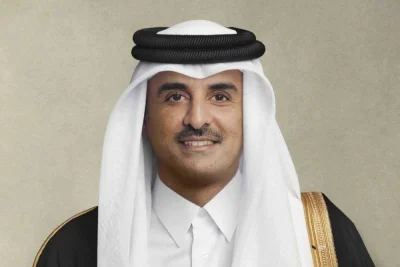The race to succeed Ban Ki-moon has moved up a gear with the United Nations Security Council conducting a secret ballot to decide who will be chosen as the next secretary general of the United Nations.
The 15 council members including the powerful permanent five – Britain, China, France, Russia and the United States – each rated the 12 candidates running for the top UN job with a ballot marked “encourage,” “discourage” or “no opinion”.
The results of the first round of straw polls will not be announced, but they will be communicated to the governments that have put forward candidates to replace Ban in January.
Among the top contenders are Argentina’s Foreign Minister Susana Malcorra, Slovenia’s ex-president Danilo Turk, New Zealand’s ex-prime minister Helen Clark and Antonio Guterres, who served as Portugal’s prime minister and headed the UN refugee agency.
Six of the 12 candidates are women.
The bulk of the contenders – eight – are from eastern Europe.
The secret vote follows a new, more open process that for the first time in the UN’s history provided for hearings to allow candidates to present their pitch for the top job before the General Assembly.
UN member states have complained for years that the secretary-general is chosen not for his or her ability to lead the world body but to serve the permanent five members.
Security Council members are facing calls to pick the first woman after eight men in the job, and to give preference to a candidate from eastern Europe, the only region that has yet to be represented in the top post.
However, divisions among Eastern Europeans have meant that no clear frontrunner has emerged from that region.
More candidates from eastern Europe could come forward as a result of the vote.
Australia’s former prime minister Kevin Rudd is also expected to throw his hat in the ring.
Ukraine, which will be casting its straw poll as a non-permanent council member, is not committed to backing a candidate from eastern Europe.
Several rounds of straw polls are expected to be held before the council agrees on a consensus candidate, which is likely to happen in October.
At some stage, the council will introduce colour-coded ballots for the permanent five members, allowing them to cast an effective veto to block any candidate.
From now on, the selection process becomes more opaque, with some comparing the vote to a Vatican conclave convened to elect the Pope.
Six of the 12 candidates are women

viewpoint


